Book: The Secret Books
Credits: Stories by Jorge Luis Borges and photography by Sean Kernan
Type of Book: Fiction, photography
Why Do I Consider This Book Odd: It’s a strange, haunting book.
Availability: Published by Leetes Island Books in 1999, it appears to be out of print. However, you can still get an affordable copy of this book used on Amazon:
Comments: There’s no sense in trying to make these entries about the more unsettling or creepy photograph books I own more than they are. I’m showing you content from my shelves, sort of letting you in on items I own that are often hard to come by, obscure enough to be relatively unknown (while being popular enough for me to be able to afford a copy, itself an odd balance), or books that are just perfect and need to be shared regardless of renown or availability. Most of my books from the Burns Archive fall in these three categories, and The Secret Books does, too. While I plan to share text, this entry is going to be mostly visual. It’s hard for me to go too deep into photography or art books because I often find it hard to express why something appeals to me visually. But hopefully these more visual offerings are appealing and hopefully they will also allow a sort of voyeuristic look into the book accumulation Mr OTC and I have built up over the years.
The collection is inspired by Jorge Luis Borges’ story, “The Book of Sand.” In this story, a man obtains a book called the Book of Sand. It is so called because, like grains of sand, the pages of the book are impossible to number. The story is a study on infinity and how outright frightening it actually is, how limiting it can be to contemplate it and genuinely experience it. The protagonist becomes a bit unhinged in the face of something so vast yet so easily contained. He becomes paranoid, unable to leave his home for fear of the book being stolen while he is gone. He cannot truly conceive the vastness the book represents but the thought of losing that which he cannot genuinely define or completely possess becomes something that rules his life. Unable to bear it any longer, the protagonist smuggles the book into the library where he once worked and places among the books. The protagonist says that the best way to hide a leaf is in the forest and has some sense of assurance that he may now be free from the book’s claustrophobic influence, but will never again walk down the street where the library is located.
An English version of this story is reproduced in the book, as is the Borges story, “The Library of Babel.” This story also exhibits the extremely limiting nature of infinity. In this story the protagonist describes a library that houses every book that contains a potential ordering of a specific alphabet. There is no order in which the books are shelved, and in most of the ordered alphabet produces gibberish. This is problematic because the library also contains all known real books, all the information known to mankind, but finding those books borders on the impossible. Some of the librarians began to develop mentally unstable thinking, much like the protagonist of “The Book of Sand.” In the face of an infinity they cannot order, in such vastness wherein they cannot even find and sort the information that may be useful to them, some of the librarians turn to strange, superstitious behaviors and try to destroy the books that they perceive to be full of nonsense. Others turn to a religious search, looking for a master book list that becomes their Holy Grail, certain there is a savior who has read the master list and can save them from the endless contemplation of infinity.
It’s all very on the nose when you type out these synopses. Infinity is impossible to grasp. It’s so vast that it stunts the ability to understand it and can cause you to turn so inward inward in your contemplation that you begin to live a limited, claustrophobic life. In an attempt to order it, you can become nihilistic or full of faith that someone somewhere can understand it and show you how to understand it as well. But should you read these stories they are far more interesting and masterful than my yeoman-like summaries would indicate.
Sean Kernan created photographs that react to both stories, exploring the infinite, the usefulness of the written word, and how hopeful and threatening infinity can be. The photographs are almost uniformly dark and almost threatening, which is why I am discussing it in Halloween 2017. There is an almost supernatural menace in some of the photographs. I found some of them completely unnerving.
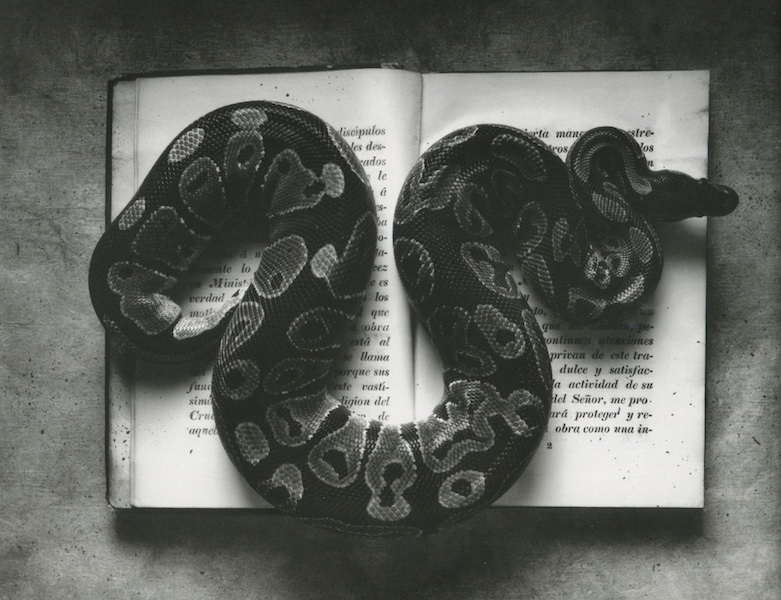
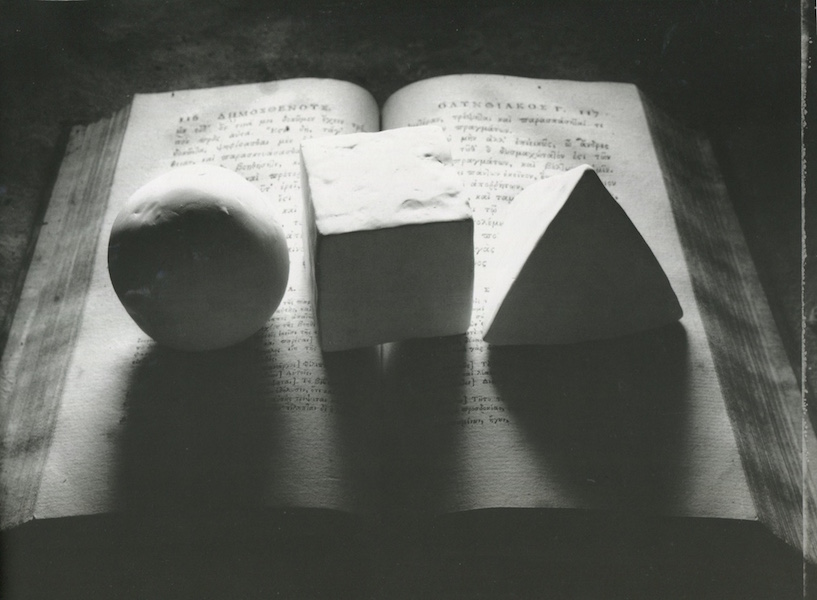
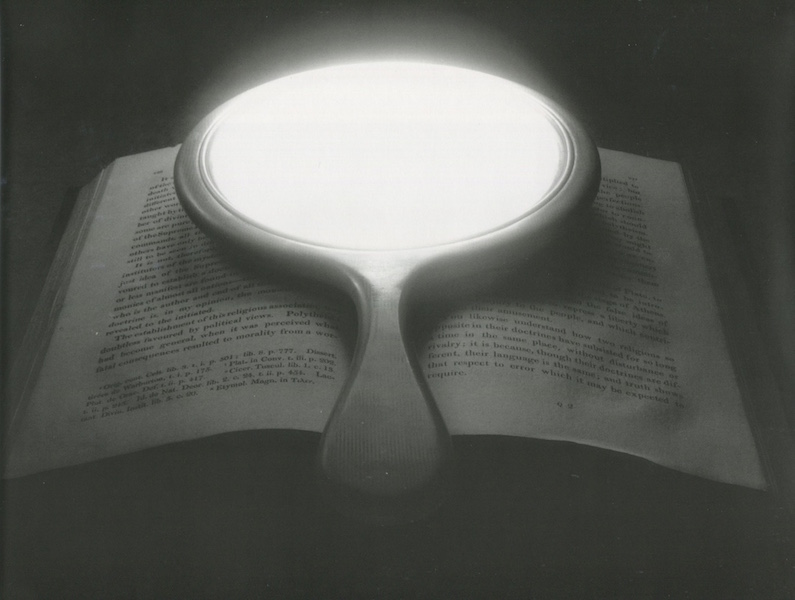
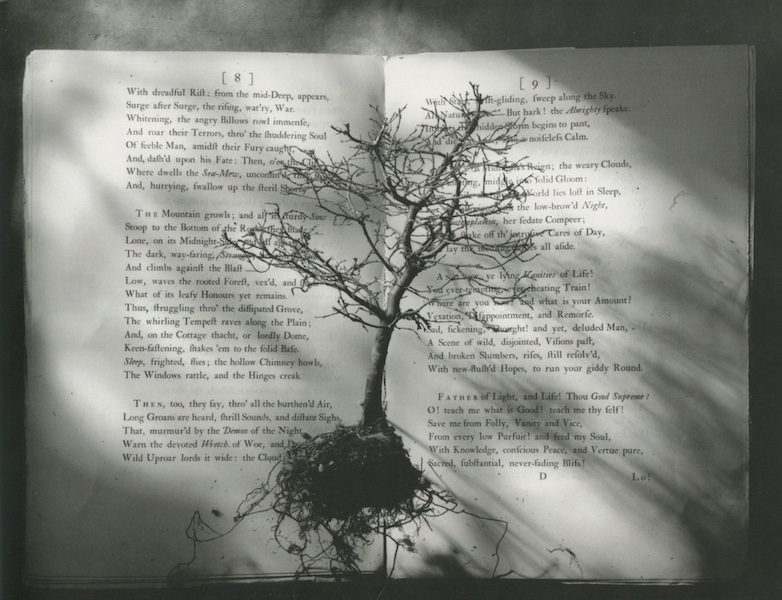
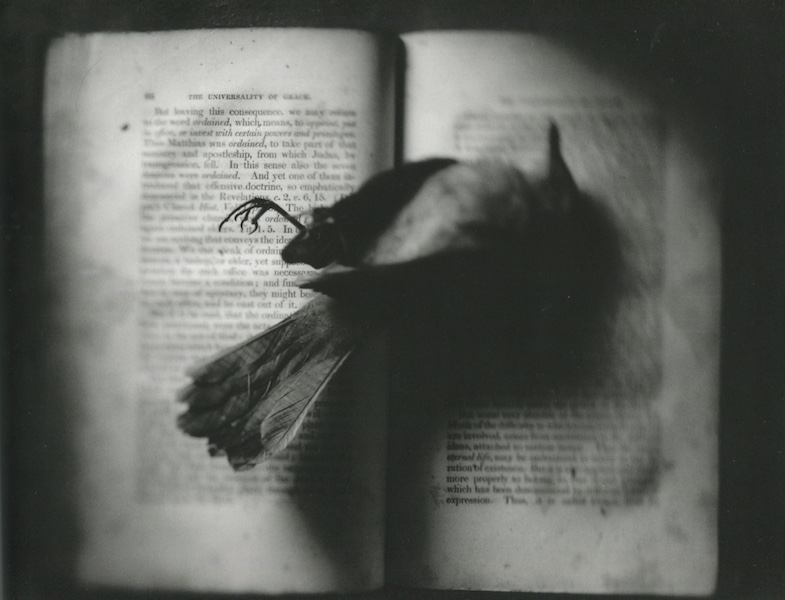
It was impossible for me not to be reminded of the oft-quoted D.H. Lawrence line when confronted with dead birds:
I never saw a wild thing sorry for itself. A small bird will drop frozen from a bough without having felt sorry for itself.
And the bird will never contemplate infinity, which is where some of the self-pity comes from, knowing that we are not infinite and that we cannot understand it.
Ultimately, this was a book about death for me, a series of photos that show a lightning impulse that invigorates the human mind that quakes at the source of the flash.